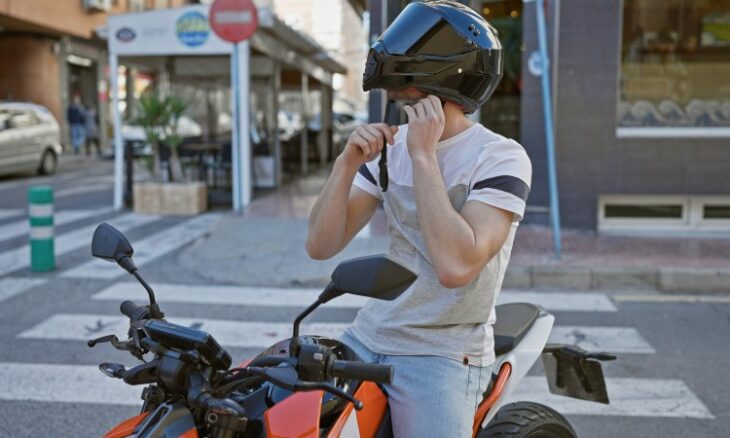Shoei releases first motorcycle helmet with full AR integration
Helmet technology has been advancing rapidly, with recent models pushing the boundaries of what riders can expect from safety gear. Innovations have included designs that aim to remove blind spots completely, helmets that purify incoming air, and systems that integrate communication features directly into the shell. Against this backdrop of progress, Shoei has now introduced the GT-Air 3 Smart, which is positioned as the world’s first motorcycle helmet with fully integrated augmented reality.
The development of this helmet involved collaboration with EyeLights, a French technology company known for specialising in head-up displays and Bluetooth audio kits designed specifically for motorcycling. EyeLights previously presented the Rocket One prototype at the EICMA show, a product that stirred considerable interest within the industry. For the new Shoei project, the company supplied its third generation of display technology and contributed significantly to the integration of the AR system.
The GT-Air 3 Smart features an internal visor-mounted HUD that projects essential ride data directly into the rider’s field of view, removing the need for external devices or additional hardware. Information such as speed, navigation guidance, incoming calls, and radar-based alerts appears as a focal projection approximately three metres ahead. Internal performance data from EyeLights suggests that this system has the potential to improve reaction times by more than 32%, although full independent verification remains pending.
One of the persistent challenges associated with previous HUD efforts in motorcycle helmets has involved visibility in direct sunlight, a factor that often renders projected information difficult to read. The Shoei system employs a nano-OLED Full HD display intended to retain sharp visibility even when exposed to strong natural light. The concept aims to allow riders to maintain continuous attention on the road, with minimal upward eye movement required to access relevant data.
Alongside the augmented reality display, the helmet incorporates a built-in universal intercom platform described as capable of functioning over an unlimited range. The system offers both offline and online mesh modes and is compatible with communication devices produced by all major brands. It includes a microphone equipped with active noise cancellation and integrates voice assistant support for Siri and Google services. EyeLights reports that battery life exceeds ten hours, and the entire system, including battery, projector, speakers, microphone, and internal wiring, is housed discreetly within the helmet shell, avoiding external attachments.
Structurally, the GT-Air 3 Smart retains the established safety elements associated with Shoei’s full-face range. The helmet meets both DOT and ECE 22.06 standards through the use of the company’s AIM composite construction, which relies on multiple material layers to optimise impact performance. A standard GT-Air 3 reportedly weighs approximately 1.77 kilograms, though Shoei has not confirmed the final weight of the smart version due to its additional electronic components.
Additional hardware features include a QSV-2 drop-down internal sun visor and a Pinlock-ready CNS-1C outer shield. Shoei’s Defogger ventilation design, with large adjustable intake vents at the chin and crown partnered with rear exhaust openings, aims to maintain airflow in variable riding conditions.
The GT-Air 3 Smart is offered in five colour options: White, Matte Metallic Blue, Matte Black, REALM TC10, and Matte Metallic Grey, and is available in sizes ranging from Small to XXL. Pricing is listed at US$1,199, placing it at nearly double the cost of a standard GT-Air 3. Comparable products currently on the market include Sena’s Phantom at US$499 and Cardo’s Beyond GTS at the same price point as the Shoei. However, neither of these alternatives provides integrated augmented reality or a high-resolution HUD.
The arrival of the GT-Air 3 Smart marks a step forward in merging digital functionality with core protective equipment, expanding expectations of what a modern motorcycle helmet can deliver. Whether riders will embrace AR capability at a premium cost remains to be seen, but industry observers expect competition in this space to intensify rapidly.









